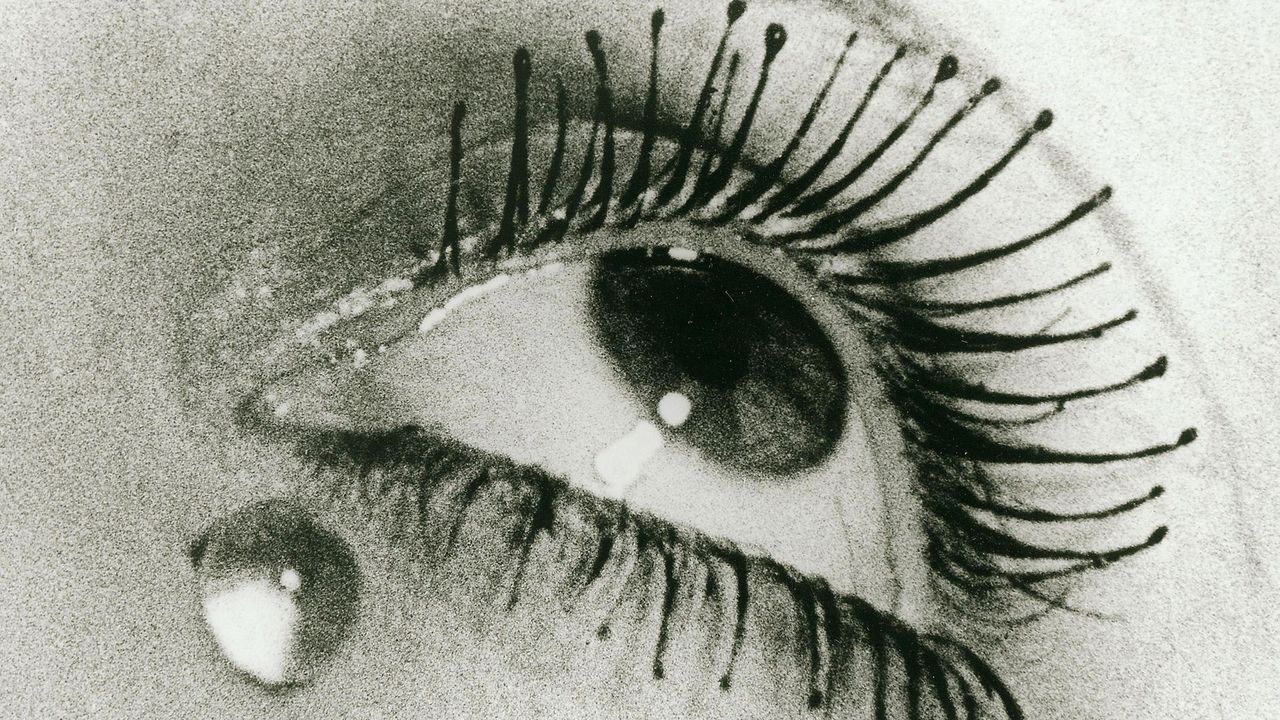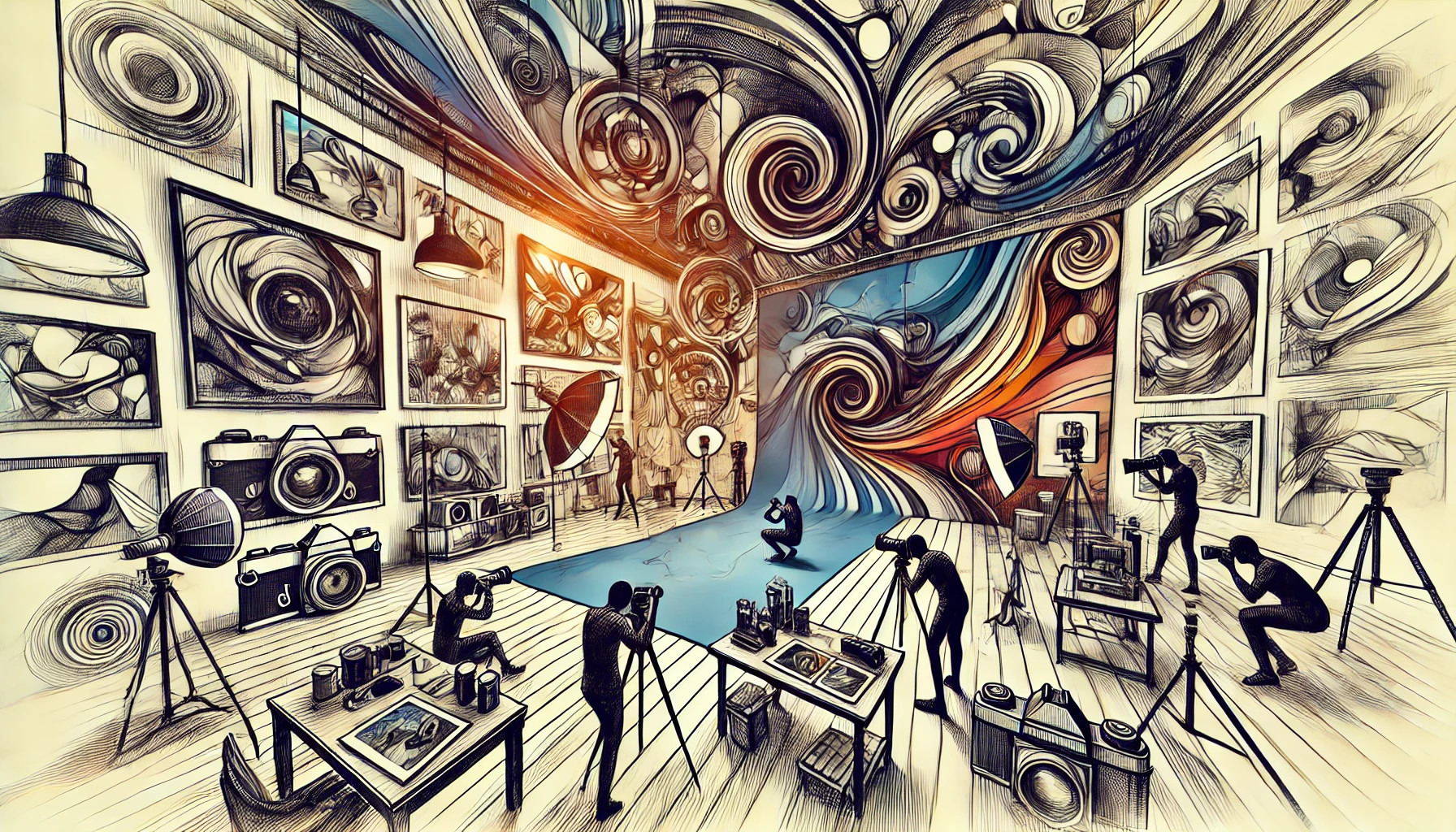Mastering the Art of Photography: Emerging Trends and Proven Techniques

19-11-2024, 20:29 Admin 2 591 0
Photography remains a dynamic field, a patchwork of slant and light, determined in many ways by the lens's eye and the human being behind it. Our eleventh discussion in this series delves into the growing trends altering the landscape of photography and the solid techniques remaining timeless, unaffected by the wave of change. While aspiring photographers today have access to a variety of innovative tools, the mastering the art of photography requires a synergy of new technology and proven techniques.
One emerging technology trend shaping photography's future is artificial intelligence (AI). With unprecedented sophistication, AI is weaving itself into the fabric of photography, altering the way we capture and interpret images. AI-based enhancements, like Adobe's Sensei, provide intelligent corrections and enhancements, making the optimization of images less tedious. AI is also powering automatic tagging systems, using image recognition to generate tags and metadata, adding a more profound level of organization and searchability to photo libraries.
In a turn towards the nostalgic, film photography is making a surprising resurgence. With digital photography, the omnipresent ‘instant gratification’ effect is a norm that’s paradoxically sparked renewed interest in slower, more artisanal techniques. The use of vintage cameras and the return of darkrooms are animating today’s Instagram feeds with grainy, monochromatic images. Still, this trend rings with the enduring lesson that photography's essence often lies in its simplicity.
Drones have taken photography to a higher level – pun intended. They have democratized overhead views previously limited to expensive aerial shoots. As drones become increasingly sophisticated, photography enthusiasts are now capable of capturing the sweeping landscape and architectural shots that were previously hard to reach.
Yet, the advent of these new trends should not overshadow the significance of proven techniques. Mastering the art of composition, understanding light, honing in your focus, these skills are the groundwork into which new technology neatly fits.
For instance, the ‘Rule of Thirds’ remains a fundamental aspect of photography composition. This guideline proposes that an image is divided into nine equal parts by two equally-spaced horizontal lines and two equally spaced vertical lines. The theory is that aligning the subject with the grid's points creates a sense of balance and interest more than centrally or haphazardly placed subjects.
The technology of photography may change, yet the art of 'seeing' remains pivotal in the photographer’s arsenal. Despite the shift to AI and algorithms, there's no substitute for the artistic intuition a photographer brings to frames and fractions of seconds.
In conclusion, while photography is being nudged in exciting new directions by technology, the power and importance of proven techniques haven't faded. Indeed, in this digital era, they shine even brighter. As we explore and adapt to emerging tools, maintaining a solid grounding in foundational techniques is vital. It's the blend of the old and the new, the digital and the analog, the technical and the intuitive, that makes today's photography scene such an exciting and challenging place to be. Today's photography realm is indeed an open canvas for the creative artist in you!
One emerging technology trend shaping photography's future is artificial intelligence (AI). With unprecedented sophistication, AI is weaving itself into the fabric of photography, altering the way we capture and interpret images. AI-based enhancements, like Adobe's Sensei, provide intelligent corrections and enhancements, making the optimization of images less tedious. AI is also powering automatic tagging systems, using image recognition to generate tags and metadata, adding a more profound level of organization and searchability to photo libraries.
In a turn towards the nostalgic, film photography is making a surprising resurgence. With digital photography, the omnipresent ‘instant gratification’ effect is a norm that’s paradoxically sparked renewed interest in slower, more artisanal techniques. The use of vintage cameras and the return of darkrooms are animating today’s Instagram feeds with grainy, monochromatic images. Still, this trend rings with the enduring lesson that photography's essence often lies in its simplicity.
Drones have taken photography to a higher level – pun intended. They have democratized overhead views previously limited to expensive aerial shoots. As drones become increasingly sophisticated, photography enthusiasts are now capable of capturing the sweeping landscape and architectural shots that were previously hard to reach.
Yet, the advent of these new trends should not overshadow the significance of proven techniques. Mastering the art of composition, understanding light, honing in your focus, these skills are the groundwork into which new technology neatly fits.
For instance, the ‘Rule of Thirds’ remains a fundamental aspect of photography composition. This guideline proposes that an image is divided into nine equal parts by two equally-spaced horizontal lines and two equally spaced vertical lines. The theory is that aligning the subject with the grid's points creates a sense of balance and interest more than centrally or haphazardly placed subjects.
The technology of photography may change, yet the art of 'seeing' remains pivotal in the photographer’s arsenal. Despite the shift to AI and algorithms, there's no substitute for the artistic intuition a photographer brings to frames and fractions of seconds.
In conclusion, while photography is being nudged in exciting new directions by technology, the power and importance of proven techniques haven't faded. Indeed, in this digital era, they shine even brighter. As we explore and adapt to emerging tools, maintaining a solid grounding in foundational techniques is vital. It's the blend of the old and the new, the digital and the analog, the technical and the intuitive, that makes today's photography scene such an exciting and challenging place to be. Today's photography realm is indeed an open canvas for the creative artist in you!
Related News
Leave a Comment


